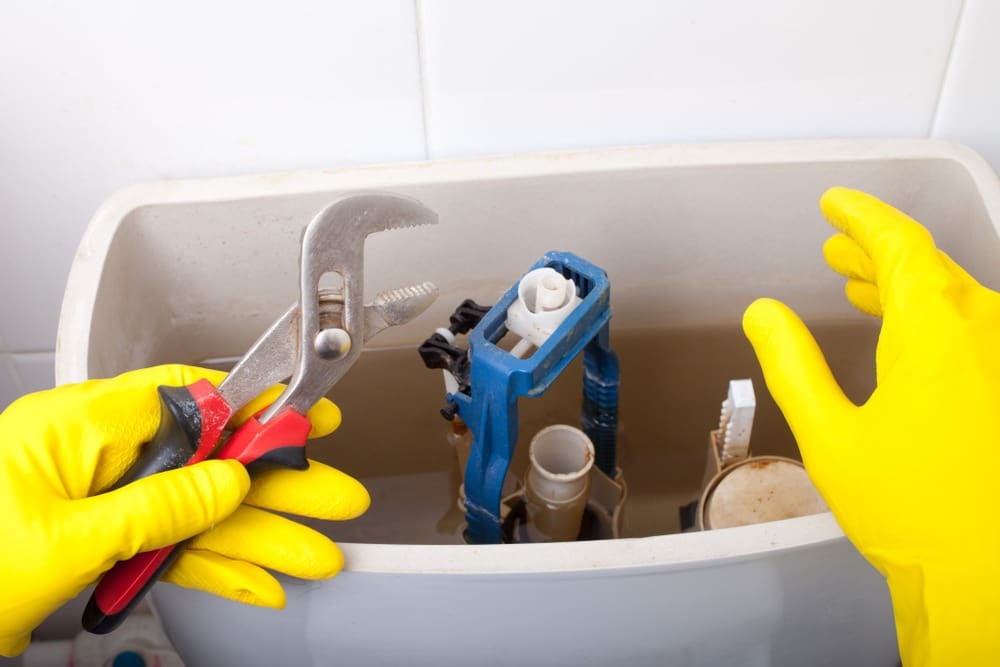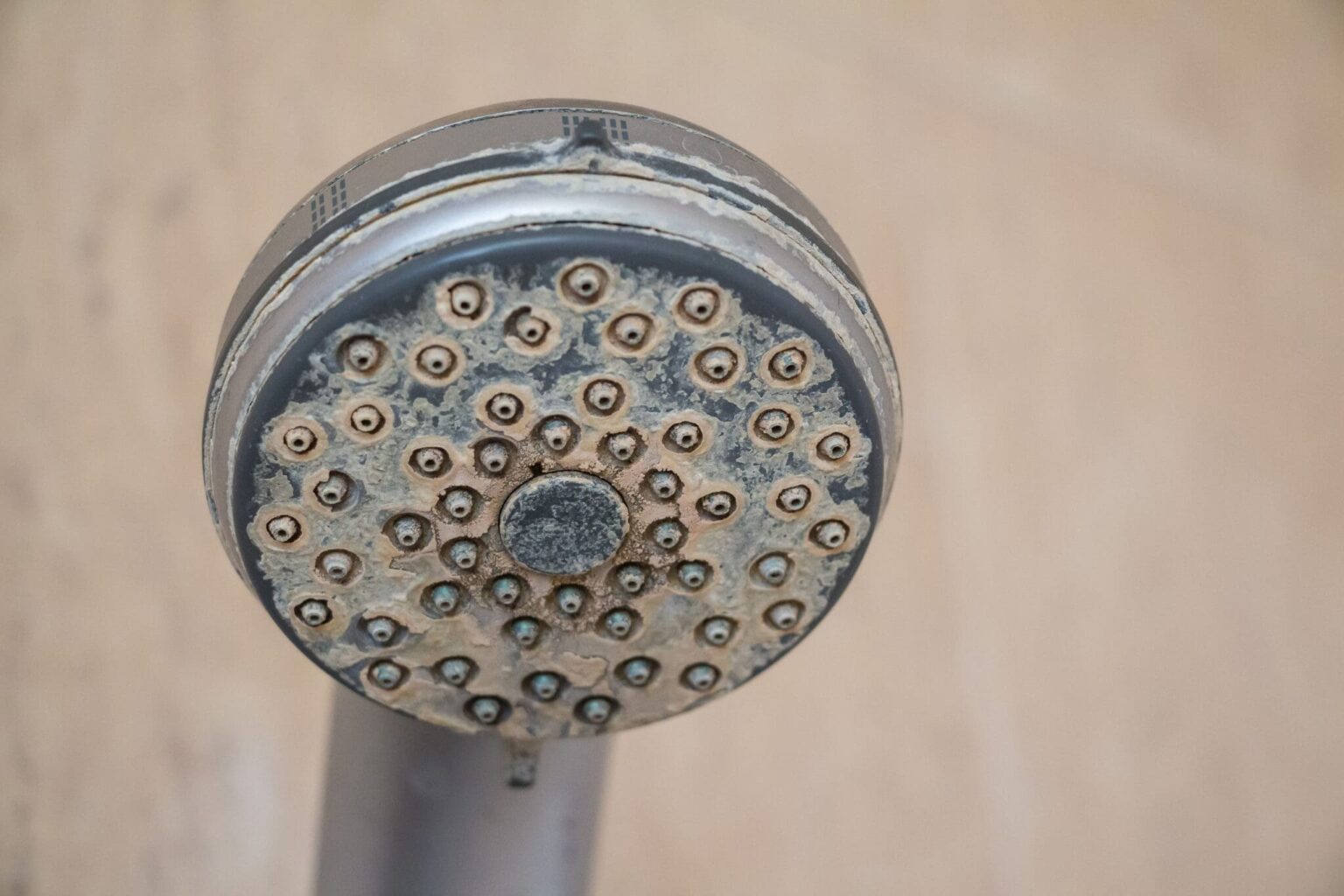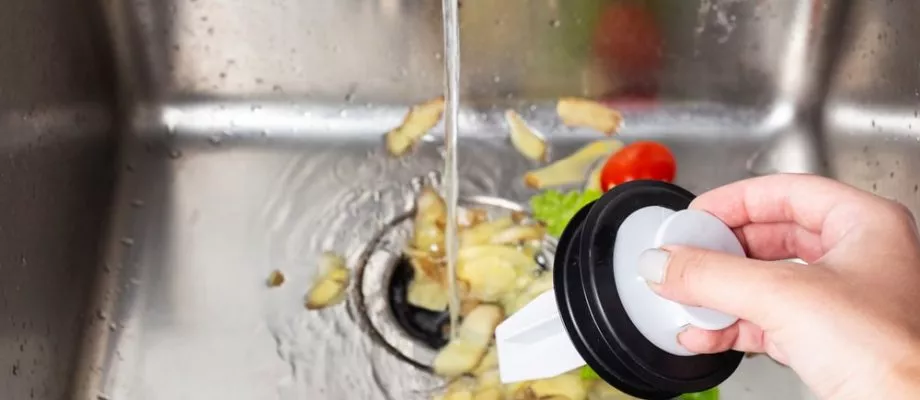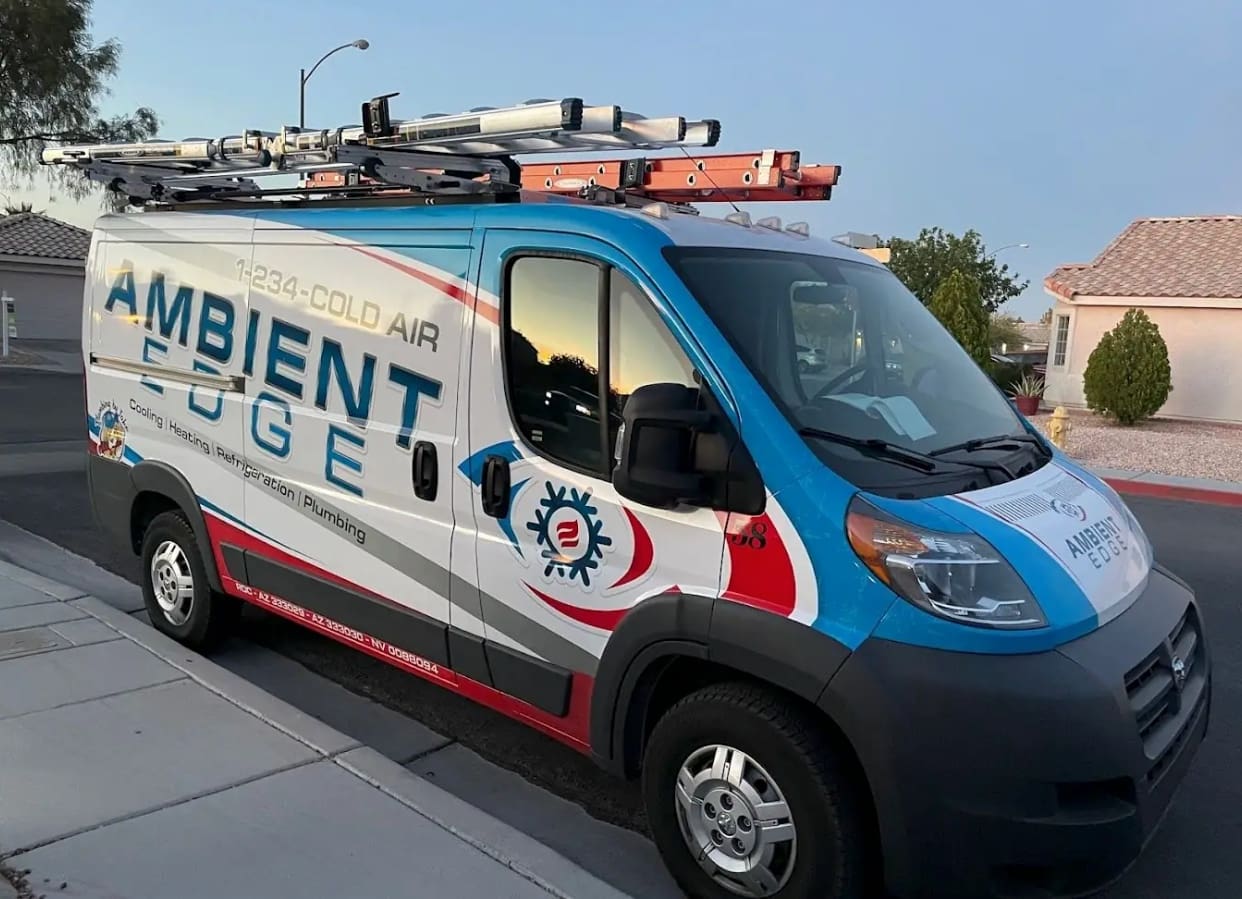Are you in the market for an HVAC (heating, ventilation, and air conditioning) system for your home or business but not sure what the differences are between residential and commercial HVAC?
There are many things, but the biggest difference is size, with residential HVAC units much smaller and commercial HVACs much larger because they need to cool bigger spaces, from warehouses and department stores to medium-sized businesses.
Large buildings with rooms partitioned off, such as schools or churches, may be able to get used out of multiple residential units to control each room, but it is best to consult with a professional HVAC technician at Ambient Edge to decide on the best route to go for you.
The Difference in Location Between a Residential and Commercial HVAC
The installation location of both residential and commercial HVAC systems greatly varies. Home HVAC units are typically placed in the out back or outside on the side of the building. This gives technicians easy access to your unit while keeping the HVAC out of sight, so it doesn’t affect the overall curb appeal of your home.
Industrial and commercial units, however, are typically placed at the top of the building. This will save space and prevent most of the noise out of the building.
Residential and Commercial HVACs: the Difference in Drainage Systems
With commercial HVAC systems, bigger drainage systems are required because they cool off bigger spaces that have more moisture throughout the system. The drainage systems will depend on the size of the HVAC unit and can be placed at different points around a building.
What Is the Difference in Size Between a Residential and Commercial HVAC?
As you can expect, HVAC units in the home are smaller than their commercial counterparts. A single-family home only needs one unit with one thermostat.
Small homes and businesses do not require large commercial HVAC system. Also, home units are standalone and cannot be modified or added onto, unlike larger commercial systems.
Commercial HVAC sizes, on the other hand, are measured in tons. Large HVAC systems can range from two tons to 30 tons. An experienced technician is trained to calculate the building’s cooling load to know the capacity of the air conditioner to use.
For example, some formulas and factors to consider, like external temperature and building design, is that it takes approximately 25 BTU to cool one square foot.
The Cost Difference Between a Residential and Commercial HVAC
In short, the cost difference between a residential and commercial HVAC is significant. It is estimated that the annual operating costs of a commercial HVAC are more than $2,500, and a residential HVAC is about $1,000.
While both units operate on the same principles and share many similarities, commercial HVAC systems have more equipment designed to cool larger buildings. This means they require more specialized care, more energy, and more regular maintenance, while residential systems are typically designed to be economical and easy to use.
Homeowners spend between $160 and $500 on each HVAC repair, with an average of $330. Repair costs depend on the specific type of problem, the brand and type of HVAC unit, your home’s location, and the time of year. With commercial HVAC repairs, business owners have to factor in the costs of an HVAC technician service contract and keep in mind the following:
- The hours they will work
- The number of visits they intend to make
- The number of parts they will be servicing
Note: Tax credits could shave off maintenance costs for business owners.
How Commercial Air Conditioning Systems Work in Large Buildings
How do air conditioning or HVAC systems work on a commercial scale versus residential units? Commercial HVAC systems are more complicated. They involve multiple systems that are interconnected. These systems work together to cool or heat the air. Commercial air conditioning systems can cool or heat individual floors adjusted with a unique thermostat per level. This is because temperatures fluctuate – from floor to floor and in many areas throughout large commercial buildings.
Commercial HVAC systems usually feature these components:
- Rooftop air conditioning unit
- Condenser
- Air handler
- Cooling towers
- Evaporator coil and blower
- Terminal units
- Duct system, which could vary in the size of the building
- Chiller
- Thermal expansion valves
- A compressor
- Boiler
All the parts must work together to achieve the proper temperature for the building. A good maintenance routine can extend the life of the HVAC parts and overall system.
Maintenance for Large Commercial HVAC Systems
The maintenance for large commercial HVAC systems can be overwhelming and complicated. Only an experienced HVAC tech should handle maintenance and repairs. Residential HVAC units, on the other hand, require minimal maintenance because of their smaller size, which most homeowners can handle.
Regularly Inspect the HVAC System
Building owners should routinely inspect their HVAC system each month. If anything stands out that could be wrong, contact a professional HVAC technician for repair services.
Hire a Commercial HVAC Company You Can Trust
It is vital to work with a trusted HVAC company that understands the size of your building and its cooling needs for you and your employees. Services that commercial HVAC technicians at Ambient Edge can provide include:
- Checking air quality
- 24/7 emergency service
- Retrofitting
- Cooling tower services
- HVAC installation, repairs, and replacement
- Condensing boiler
- Refrigerant phase-out
Contact an HVAC Service Company Today
Whether you are in need of residential or commercial HVAC services, the trusted team of technicians at Ambient Edge guarantees a seamless, professional experience in your home or business.





